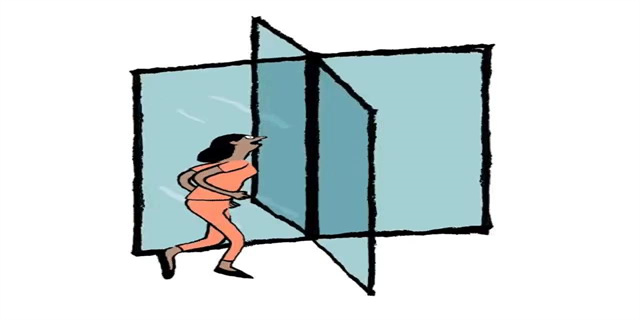Harakiri: The art of Samurai suicide
Harakiri, also known as seppuku, was a ritual suicide performed by Japanese samurais. It was considered an honorable way to die and was often performed as a means to atone for a dishonorable act or failure.
The origins of harakiri
The origins of harakiri can be traced back to the 12th century. At that time, it was not yet considered an honorable way to die, but rather a punishment for samurais who had committed serious crimes or dishonorable acts. The samurai would disembowel themselves with a short sword, called a tanto, and a second samurai would sever their head with a katana, a long sword.

Over time, harakiri became more associated with atonement and honor. It became a way for a samurai to take responsibility for their actions and show their commitment to their code of honor, known as bushido. It was also seen as a way to avoid dishonorable punishment, such as being executed by someone else.
The ritual of harakiri
Performing harakiri was a meticulously planned ritual, and the samurai would prepare for it for days or even weeks in advance. They would write a farewell letter to their family and prepare for their death by meditating, fasting, and purifying themselves. On the day of their death, they would dress in their finest clothes and sit before their lord or a senior member of their clan.

The samurai would then recite their last words, explaining their reasons for performing harakiri and asking for forgiveness. They would then take hold of their tanto and plunge it into their abdomen, slicing left to right. The second samurai would then sever their head with a single stroke of their katana.
The significance of harakiri in Japanese culture
Harakiri was not just a way for samurais to atone for their actions or escape dishonor. It was also a way for them to transcend death and achieve a higher level of spirituality. The act of self-disembowelment was seen as a symbol of sacrifice and purity, representing the sacrifice of one's own ego to achieve enlightenment.
While harakiri is no longer practiced in modern-day Japan, it remains an important part of Japanese history and culture. It is often depicted in literature, film, and art, and is still seen as a symbol of honor and sacrifice.
In conclusion, harakiri was a ritual suicide performed by Japanese samurais to atone for their actions and show their commitment to their code of honor. While it is no longer practiced in modern-day Japan, it remains an important part of Japanese history and culture. The significance of this practice in Japanese culture cannot be underestimated.版权声明:本文内容由互联网用户自发贡献,该文观点仅代表作者本人。本站仅提供信息存储空间服务,不拥有所有权,不承担相关法律责任。如发现本站有涉嫌抄袭侵权/违法违规的内容, 请发送邮件至3237157959@qq.com 举报,一经查实,本站将立刻删除。
